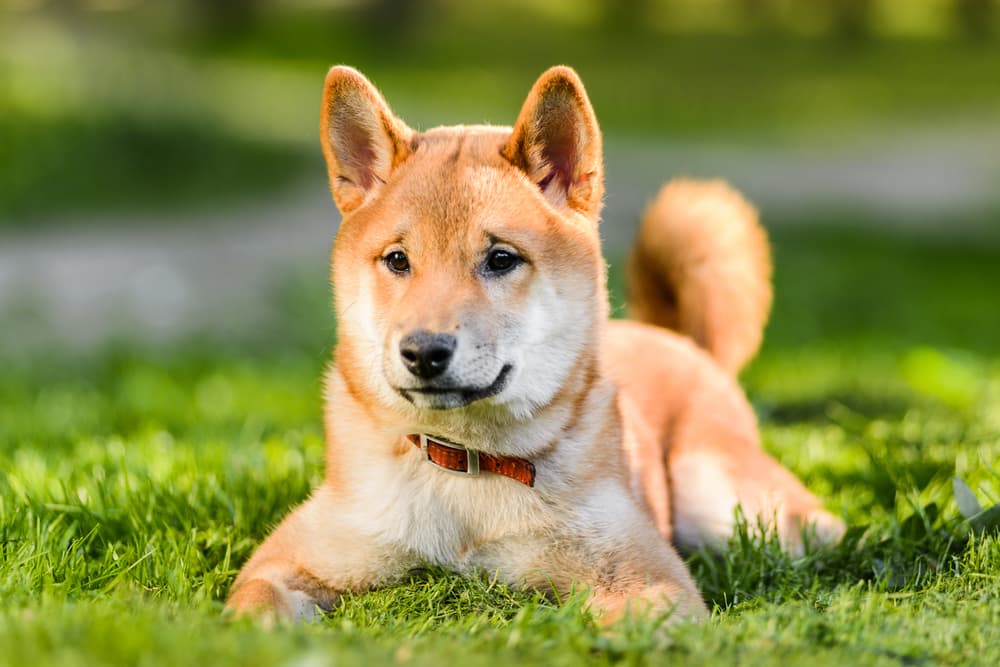The main feature of the Shiba Inu is its thick double coat. A soft and dense undercoat is covered with a straighter coarser topcoat in black and tan, cream, red, or red sesame. While a weekly brushing is needed to keep the coat in tip-top condition, the Shiba Inu is a very clean breed and often self-grooms in a similar way to cats.
While Shiba Inus are cute and compact, and have seen their cultural cachet rise thanks to their role in Internet culture, they can be a demanding breed—and any prospective owner should prepare for the challenge of caring for one. They’re not the prototypical “family dog” one might imagine, constantly playful and craving human affection. While every individual is different, some Shibas might not always be in the mood for belly rubs. In fact, Shiba Inu are said to have a personality more like a typical cat and tend to be more independent, aloof and stubborn at times.
Another facet of their personality is inquisitiveness, they’ll have their nose and paws into anything around the house. It’s best to keep precious items and soft toys out of reach so that they’re not chewed to pieces. They also have a tendency to yodel, purr, and scream rather than bark. As with other Spitz breeds, the Shiba Inu is not very good at sharing their toys and has a tendency to chase smaller furry animals such as the family cat or squirrels in the park.




















